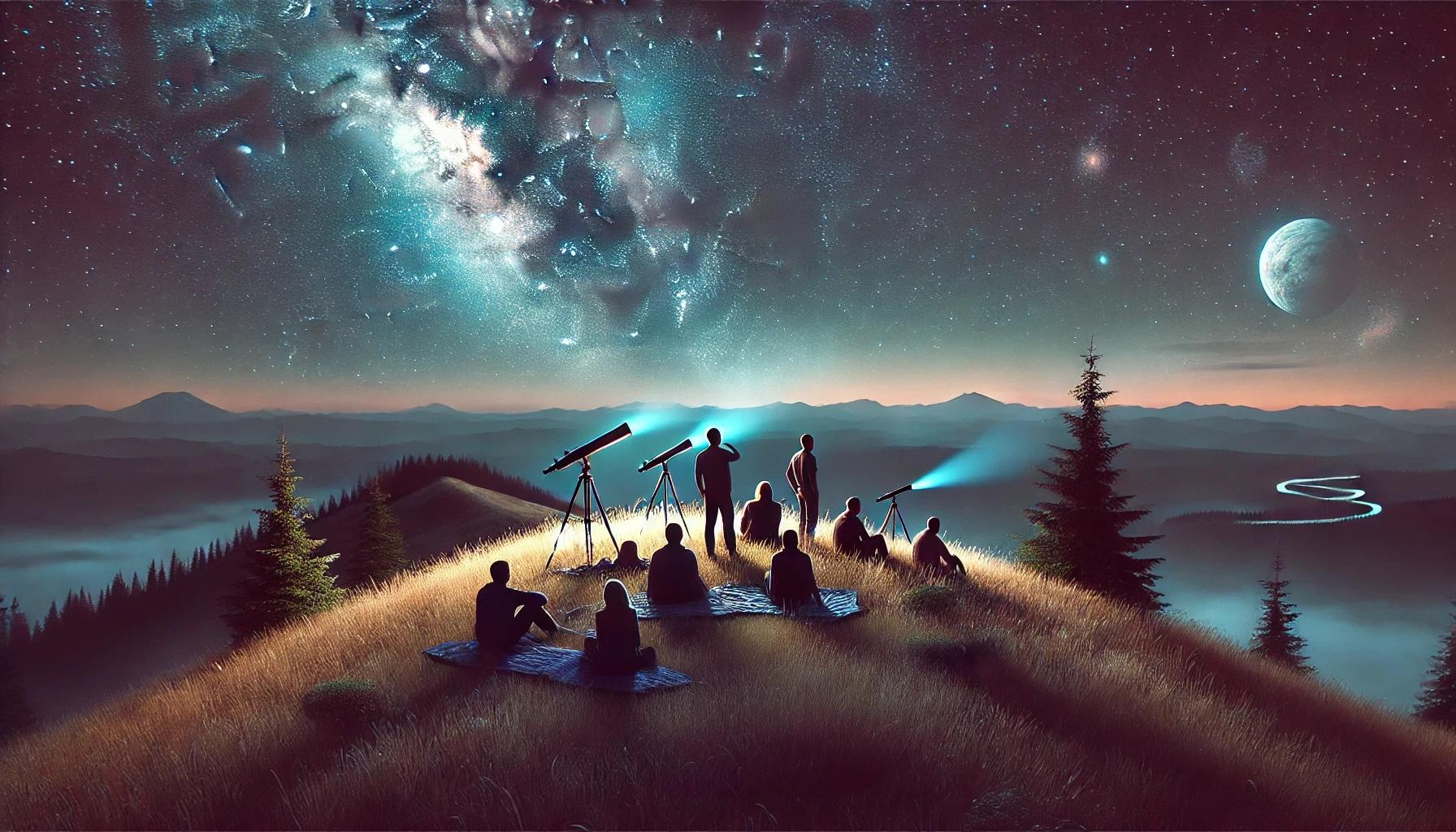What Are the Best Places for Stargazing Near Seattle?
While Seattle is more famous for its cloudy weather, there are still places where the stars will twinkle over the city – you just need to know where to look. Below is a list of some locations that are perfect to gaze at the stars whether if you will only be touring within the city limits or having a little road trip outside of Seattle.
Before heading out, consider getting your home professionally cleaned by Seattle Green Cleaning Fairy so you can come back to a sparkling space after your stargazing adventure. With a tidy home, you'll be able to relax and focus on the celestial sights.
In-City Stargazing Spots
For a dose of astronomy without leaving Seattle, check out these two locations:
Theodor Jacobsen Observatory: Located in the University District, this observatory offers gathering that make use of this old fashioned telescope on the first and third Tuesday of the month from April to September. It is necessary to make a booking in advance, however, it is a great idea to go stargazing without going far away from the city.
Alki Beach: Alki Beach located in West Seattle gives reasonable views of the northern sky over Puget Sound, free from some of the city's light pollution. You can observe the stars right from the shores of sand hence a perfect place to make a stop.
Stargazing Destinations Within an Hour of Seattle
With a short drive, you can access even darker skies for better stargazing opportunities:
Snoqualmie Point Park: 25-30 miles drive from Seattle, this park is considered by the locals as the best place to view meteor showers. Further, the Seattle Astronomical Society sometimes organizes star parties here, and therefore, it’s a perfect site if you would love to interact with other astronomy enthusiasts.
Rattlesnake Ledge: This challenging night hike rewards you with expansive views of the sky from the top of a rocky outcropping. On a clear, moonless night, the Milky Way is visible, making the trek well worth the effort.
Lake Kachess Campground: Situated close the I-90, this campground has a boat ramp intended for northeast orientation ideal for meteor shower observation particularly in August. You will have to inform the ranger if you wish to look at the stars at night other than the camping time, but the scenery looks beautiful.
Mountain Peaks and Parklands for Stargazing
Some of the most spectacular night sky views near Seattle can be found at higher elevations in the Cascades or Olympics:
Artist Point: Near Mount Baker, this spot offers 360-degree views at 5,000 feet, far from any light pollution. Stargazers can see the Milky Way and capture stunning astrophotography. Despite its beauty, it doesn't attract large crowds, so you'll have plenty of space to set up your telescope.
Sunrise at Mount Rainier National Park: The highest point you can drive to in the park, Sunrise offers an unobstructed view of the heavens. Rangers lead stargazing programs here in the summer, making it an educational and awe-inspiring experience.
Hurricane Ridge in Olympic National Park: Another prime stargazing spot, Hurricane Ridge offers astronomy programs nightly in the summer. The designated parking lot provides a panoramic view of the sky over the Olympic Range, making it a must-visit for stargazing enthusiasts.
Further Afield: Goldendale Observatory State Park
For the ultimate dark sky experience, head to Goldendale Observatory State Park, a five-hour drive from Seattle. It houses one of the largest public telescopes in the country and is open for stargazing year-round. The observatory offers breathtaking views of the night sky, making the long drive well worth it.
Tips for a Successful Stargazing Trip
Check the Weather: Clear skies are essential for stargazing, so be sure to check the weather forecast before heading out.
Avoid Light Pollution: It is important to consider the distance from light polluted areas such as cities, the farther away, the better the view. Choose the areas that can be considered as having low levels of light pollution.
Bring the Right Gear: A telescope or binoculars will be very useful during the observation of stars in the night sky. Many bring a blanket or chair for comfort; and pack warm clothes because the environment can get cold when it is night.
Plan Around the Moon: A new moon also has the most favourable lighting for observing the night sky hence is the most ideal for stargazing. It is advised always to check the lunar calendar of the place to avoid disappointments.
Based on these recommendations, you can go out there and explore the wonders of the night sky near Seattle. Stargazing is best done during the fall since it comes with earlier times of sunset and sometimes better climate. So get out there, look up, and prepare to be starstruck by the cosmic wonders awaiting you!
